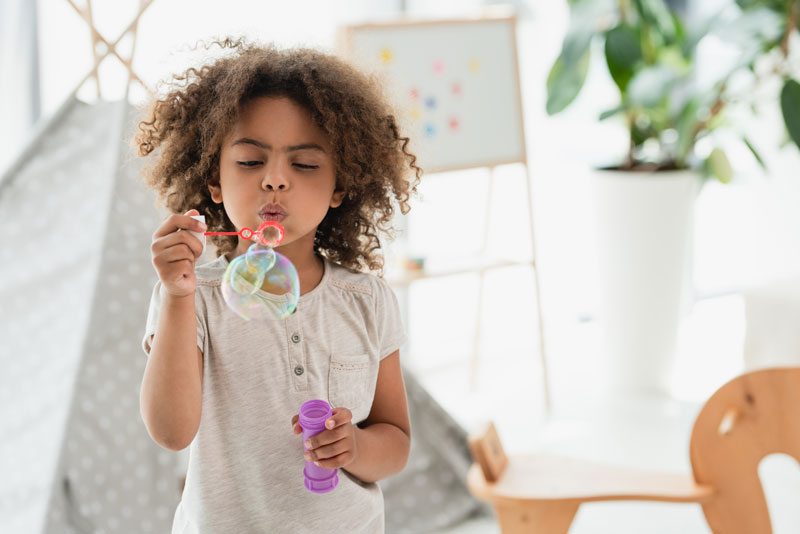To further the VIPTeach mission to drive innovation and equity in education, a vital starting place is incorporating mindfulness for educators and those we serve. Mindfulness is the ability to be fully aware of what is happening in the present moment within ourselves and our environment without judgment. We may already realize that mindfulness in our daily lives is beneficial to our overall well-being, especially during the ongoing challenges presented by the global pandemic. As educators we must be mindful of the life challenges our students may encounter that can potentially disrupt their educational goals, whether prompted by global crises or other unique circumstances.
As VIPTeach Global Online Teaching Fellows, our teaching practicum enables us to virtually instruct classrooms of underserved English Language Learners through a partnership with the VIPKid Rural Education Project. Some of our students travel far distances to attend school, and then assume parental responsibilities for siblings and themselves once at home. Additionally, when students are not attending school in person, distance learning can be difficult, particularly for children who may not have suitable learning environments at home. Research suggests that mindfulness practices can help both teachers and students cope with such stressors in a way that increases productivity and contributes to more successful learning outcomes.
Incorporating mindfulness in an online classroom doesn’t take special expertise. It simply means doing what we teachers already do with a new mindset. Here are some examples of how online educators can integrate mindfulness in their teaching strategies and, hopefully, see the benefits take shape.
Wait time
Offer your students an extra moment. Sufficient wait time (think 30 seconds or so) allows learners time to process information while giving teachers the opportunity to pause and reflect on student progress. Try to avoid judging the silence. Instead of immediately thinking, The student doesn’t know this. What should I do next?, count to 15 utilizing wait time to purely observe. Notice the student’s facial expressions and body language for signs of processing versus signs of confusion. If there is still no response, take the next 15 seconds to consider the next tool you might use to elicit a response. The student may surprise you and respond even before you get to try that tool. The more you make this part of your regular teaching practice, the less pressure your students will feel in those moments of pause. This also allows you to reflect and remain intentional with your instruction and your student’s progression.
Take a breath
We all breathe to live, but do we breathe mindfully? Notice your breathing patterns throughout the day, especially when feeling heightened emotions. Once you become aware of these patterns, consciously breathe in more deeply and breathe out with more length when feeling anxious or stressed. Are IT problems rattling your flow? Methodically follow the protocol for attempting to address the problems while also breathing with intention. Stressing about life outside of class while trying to teach verb conjugation? Breathe deeply, even if it’s mid-class. Use wait time and the time while students are speaking to sneak in deep, restorative breaths.
Grab attention
Teachers often have an arsenal of techniques for recapturing the attention of a distracted student. Cultivate mindfulness by using a bell as your attention grabber, preferably one with a long-lasting ring. Use the student’s name, say “listen and count,” and ring the bell, allowing the sound to reverberate. Finger count or quietly count aloud the seconds that pass. This strategy may take a try or two to implement effectively, but in addition to regaining attention, it helps to develop controlled and focused attention of the present moment. At the very least, the abrupt change in flow during the lesson might be enough to pique your student’s curiosity so that they re-engage.
For younger students, blowing bubbles or coloring could be used to grab attention while cultivating mindfulness. Encourage students to mime bubble blowing along with you to practice breathing mindfully. Likewise, coloring can help to relieve tension and boredom while learning about color, shapes, or other vocabulary.
Despite the seeming simplicity of these techniques, mindfulness is most effective when treated as a practice rather than tools used in isolation. Thanks to increased research on the benefits of mindfulness in education, a simple web search reveals countless additional approaches to explore. Once you find what feels right, make it a habit both in and out of the classroom for personal benefits and more effective teaching alike. Incorporating mindfulness in your classes can lead to forming more meaningful connections with your students, making learning more enjoyable and successful.



